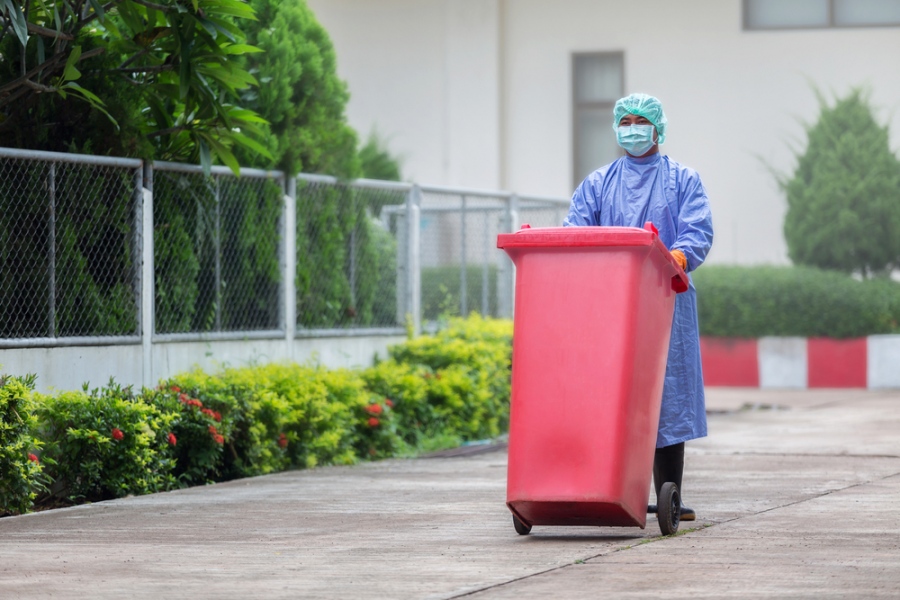Efficient and safe hospital waste management relies on a lot of factors. However, without the necessary tools for medical waste disposal (such as a medical autoclave), it can all fall apart. Read on to learn more about how they work, and how you can benefit from them!
What is Hospital Waste Management?
Why not start with the basics? Hospital waste is basically any waste that spawns because of the diagnosis and treatment of people/animals, and during medical research. Synonyms include medical, as well as biomedical waste. As such, the definition of hospital waste management encompasses all techniques that are used to prevent, reduce, and safely dispose of that waste. Examples include:
- Identifying all types of hospital waste
- Keeping records of all types of waste generated and disposed of at the medical facility
- Training staff to effectively handle hazardous medical waste
- Supervising and monitoring the medical waste treatment process
- Minimizing the generation of medical waste when possible (such as recycling)
- Segregating waste that may pose a danger to staff, patients, and the environment (like color coded containers)
- Treating and disposing of medical waste
As you can see, good hospital waste management means having a good system in place. You also need to be aware of your country’s specific regulations and guidelines, and have the necessary manpower and budget to do so.
However, as hospital waste is often considered hazardous, and basically all categories (e.g. pathological waste, sharps, infectious medical waste, medical chemical waste, radioactive medical waste) require special treatment, without the proper equipment, you can plan all you want, but you won’t be able to handle the most critical aspects of hospital waste management. Not to mention that apart from putting yourself and the environment in danger, you’ll also be breaking the law if you don’t have a working solution for hospital waste disposal.
Medical Autoclaves: A great help in Disposing of Hospital Waste
Thankfully, as grim as the last sentences might have sounded, finding a practical solution for hospital waste disposal is a lot easier than you’d think. Autoclaves (also known as steam sterilizers) are perfect examples.
Think of them as fully automatic “pressure cookers” that use high temperature steam to render hospital waste sterile, such as different fabrics, utensils, surgical instruments, and basically any material that remains stable in temperatures that range between 121 to 134 degrees Celsius. After the sterilization process, the waste is utterly free of any bacteria that may pose a health hazard. This means that it can be disposed of as simply as any other non-hazardous trash! Their success is nothing new, as they are already in use in more than 25 countries.
Their efficiency is no miracle: there are over 20 years of development behind the creation of autoclaves. With the use of large steam sterilizers, even the biggest hospital can have an efficient on-site solution for sterilizing medical equipment, as one machine can account for more than 110 liters worth of hospital waste. Why not give them a shot yourself?
















